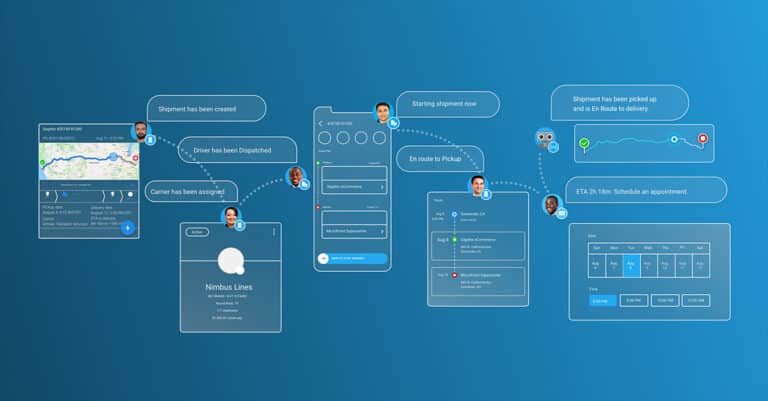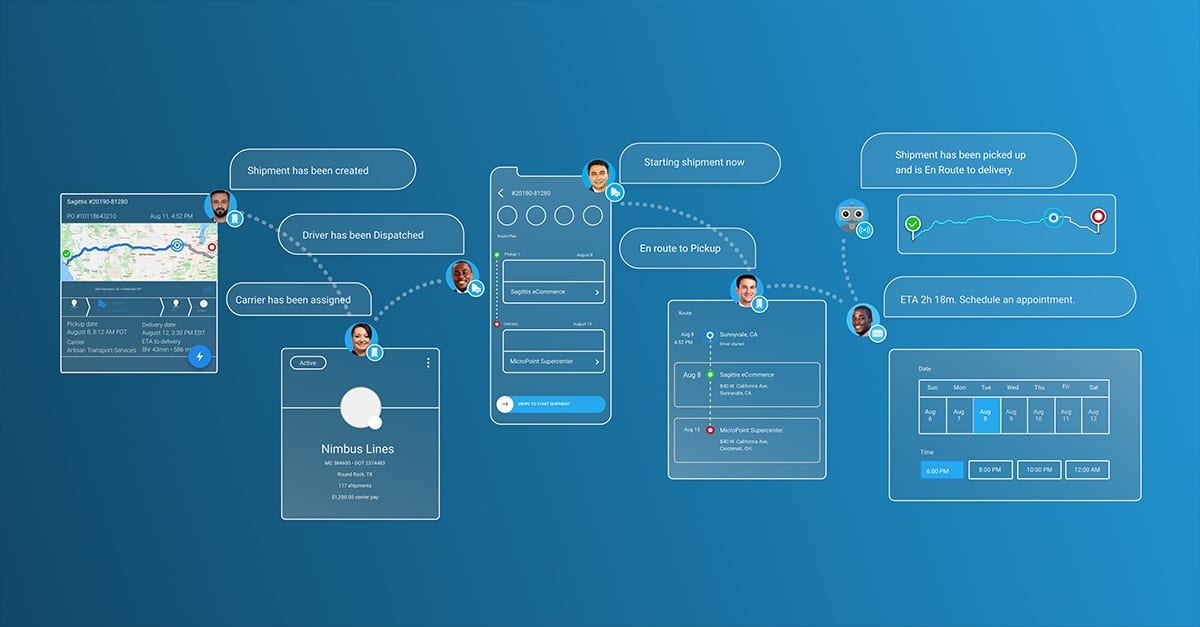Prior to the onset of the pandemic, the value of a third-party logistics provider (3PL) was increasing. According to Supply & Demand Chain Executive, a new Global Market Insights Inc. report found that the global 3PL market would surpass $1,800 billion by 2026. And the ability of 3PLs to maintain efficiencies and become more collaborative will define this growth period. With that in mind, it’s not always clear when to use a 3PL and its logistics technology or not. So, let’s look at a few misconceptions that form typical barriers to adoption, how a 3PL benefits supply chains, and what a company should ask when selecting one.
Three Myths About 3PLs
The growing surge in demand and logistical planning and assistance is creating misconceptions about what its like to use a 3PL. Here are three of the most common myths:
- 3PLs Are Meant Only For Big Companies. FALSE! 3PL services can benefit businesses of any size and scope. The key is making the partnership work is to find a provider that can tailor services to meet your business’s unique needs. Knowing what you want and need from a 3PL ahead of time will help you focus on what’s right for your company’s needs and reduce barriers to freight technology adoption.
- Outsourcing to a 3PL is Expensive. Working with a 3PL should be a long-term investment that will ultimately save time, money, resources, and staffing down the road. This kind of partnership can help reduce waste, streamline day-to-day operations, and lower stress and hassle in the long run. Instead of worrying about higher upfront costs when deciding when to use a 3PL, look to the long-term value. Period.
- 3PLs Cause You to Lose Control. Business owners worry about logistics being out of their sight and control when the consideration of when to use a 3PL becomes reality. However, the exact opposite is true as most 3PLs today are set up to give better visibility and control to the owners and managers. The logistical planning is maintained by the 3PL, but the owners and managers are still in full control of all processes.
Using a 3PL Offers Big Benefits
Understanding when to use a 3PL means realizing how its core benefits improve supply chain management, including:
- Reduced costs. Working with a 3PL can “help reduce excess carrying costs, return goods cost and lost sales. They can also help manufacturers move more material with fewer assets while still meeting customer requirements. In some cases, manufacturers can realize savings when consolidating warehouses and/or using shared facilities operated by 3PLs, ” says Industry Week.
- Enhanced security. 3PLs have experience and resources that help them to easily guide manufacturers through new cybersecurity regulations around data privacy and they can also serve as a sounding board to test the waters and detect any security issues sooner rather than later. In many cases, 3PLs can also offer security monitoring services and training.
- Improved quality. Working with a 3PL gives business owners and managers the opportunity to improve performance in many key areas: right-sizing inventory stock; greater distribution and availability of the right products; fewer customer complaints; improved accuracy of delivery; a better overall customer experience. Quality in every aspect can improve with 3PL assistance.
How to Evaluate a 3PL for a Partnership
Before jumping into a 3PL partnership, it’s important to further evaluate the services and offerings of the company by following these steps.
- Does the 3PL offer support that is in line with your company’s hours of operation?
- What level of automation is used within the 3PL’s platforms and how does it enable proactive decision making?
- Are communications fact-based and easy to reference in context?
- What about drivers and their ability to upload documents and maintain transparency?
- Is the solution scalable, meaning does it include cloud-based resources that can grow with your business?
- How well does the system integrate with your existing tech stack, and to what degree does that integration require advanced IT resources?
- Can the system swing to meet the needs of carriers, logistics service providers, customers, and other B2B partners?
When to Use a 3PL Largely Depends on Your Willingness to Unify Supply Chain Systems
Now is an exciting time in logistics management. The advancements through APIs, new forms of a TMS, and cloud-based capabilities are allowing supply chains to collaborate, share data, and avoid problems more than ever. The question is simple: what’s holding your organization back from realizing that it’s not just when to use a 3PL, but are you using a 3PL who is using advanced technology to aid in your supply chain goals? Find out more about how top-tier 3PLs are using the Turvo platform to aid in delivering for shipper customers by contacting Turvo today.








